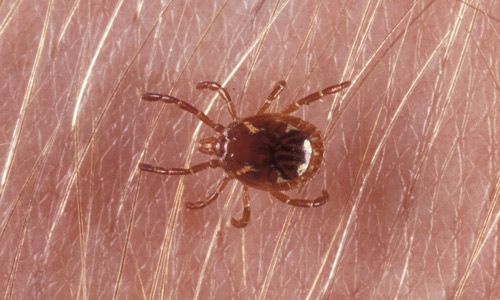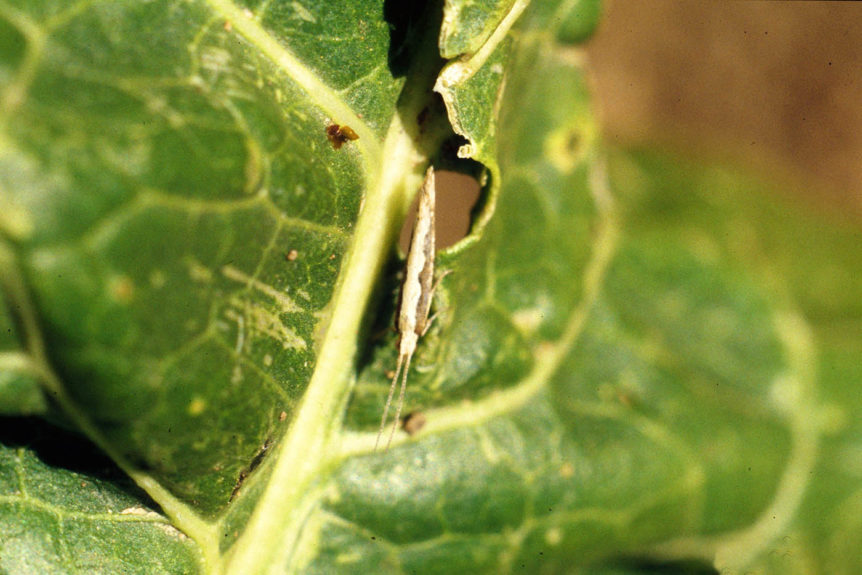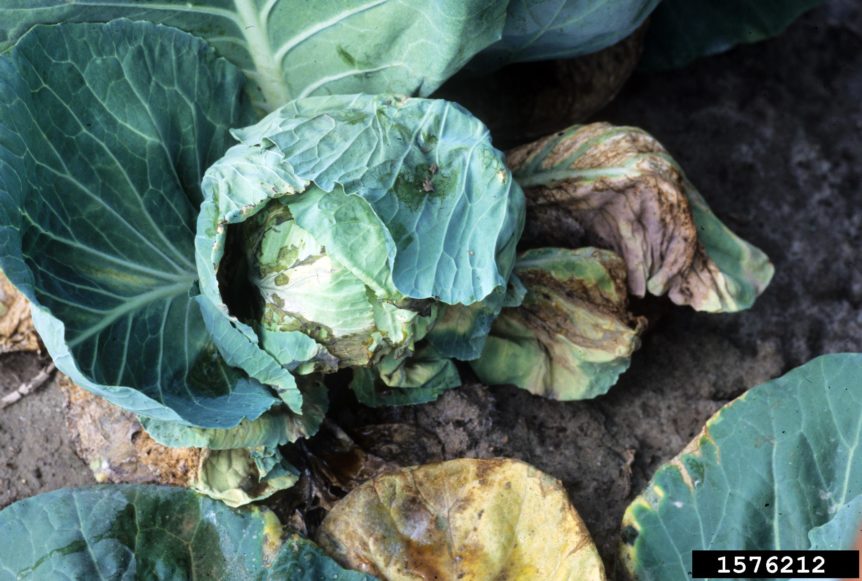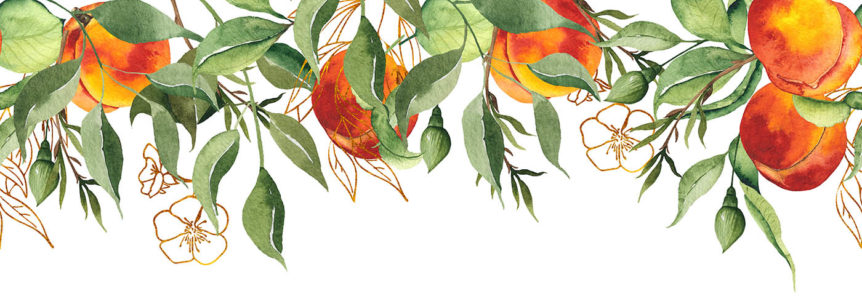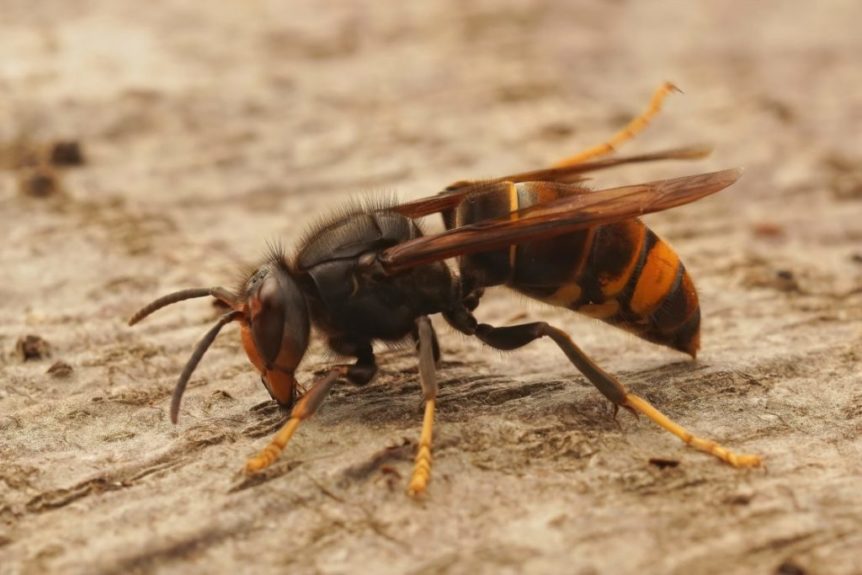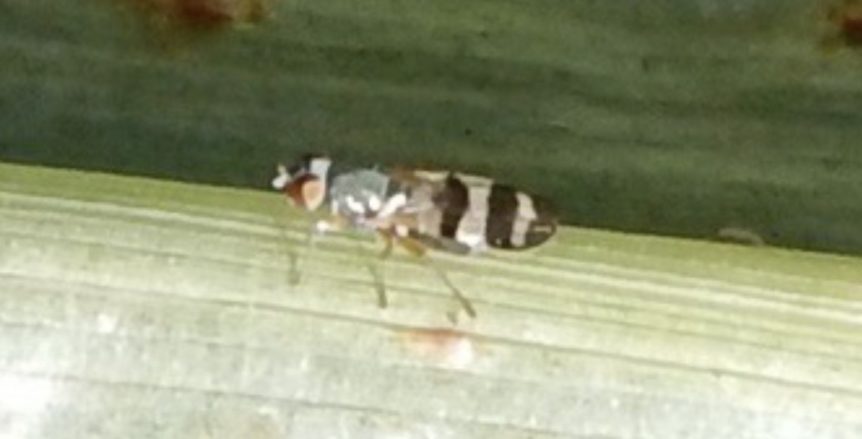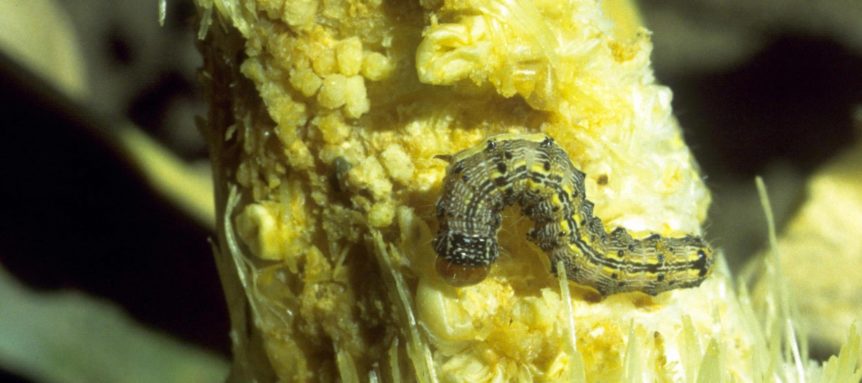By Lauri M. Baker As temperatures cool over the winter, you may be ready to breathe a sigh of relief as you enjoy a break from the summer’s constant annoyance of pests like mosquitos and ticks. But think again. An age-old belief is that ticks die off in winter months. Unfortunately, this is a myth. While your chance of tick …
Specialty Crop Grower Magazine: Resistance Management Key to Diamondback Moth Control
By Frank Giles For brassica growers, the diamondback moth reigns as the biggest pest problem they must fight. This is particularly true where the crops are produced year-round, like in Georgia. The pest is estimated to cause as much as $5 billion in crop losses every year worldwide. In the Southeast, cabbage, broccoli and collards are the preferred hosts of …
Battling Black Rot in Brassicas
By Frank Giles Brassica crops have become an important crop in the Southeast. When it comes to disease management, black rot (Xanthomonas campestris pv. campestris) is one of the biggest problems that growers fight. Black rot can affect all major brassica crops, including cabbage, broccoli, cauliflower, Brussels sprouts, collards and kale. The disease causes the most damage in the leafy …
Calls for Clarity on the AEWR
By Frank Giles With all of the H-2A visa program’s challenges and expenses, I am always impressed by the number of specialty crop growers who depend on it to source reliable labor. For many, it is the only option. And for those who have mastered all of its intricacies, it is even described as a good program. Fast-Rising Wages But …
Sneak Peek: February 2024 Specialty Crop Grower Magazine
The February issue of Specialty Crop Grower Magazine focuses on L&M Farms as its cover story. The story focuses on Adam Lytch, who manages the company’s farming operations, and how it has stayed competitive in the modern marketplace. Lytch said consumer preference is more important than ever, and L&M must stay up-to-date with demand in the information age. Black rot …
The Last Word: Connecting the Realities of American Farming
By Chris Butts “I know of no pursuit in which more zeal and important service can be rendered to any country than by improving its agriculture.” — George Washington, July 1794 Our nation’s founding fathers understood the importance of agriculture to our fledgling republic. The ability to feed ourselves is critical to national security and prevents us from becoming reliant …
New Threat to Pollinators Found in Georgia
According to the Georgia Department of Agriculture (GDA), the yellow-legged hornet (Vespa velutina) is a native to tropical and subtropical areas of Southeast Asia. The pest is generally smaller than the northern giant hornet (NGH). Worker hornets can be around half the size of an NGH, and queens can be around ¾ the size. The legs are partially or primarily …
New USDA Investment in Specialty Crop Research, Trade Missions
By Sabrina Halverson The U.S. Department of Agriculture (USDA) is upping its investment in specialty crops for 2024 with key announcements in the areas of research and trade. USDA is investing $70.2 million in the Specialty Crop Research Initiative to support 21 research and Extension projects. Deputy Secretary of Agriculture Xochitl Torres Small announced the funding and described the kinds …
Best Practices for Corn Silk Fly Management
By Julien Beuzelin and Anna Mészáros Maggots feeding on silks, kernels and sometimes the cob of sweet corn ears harvested in Florida represent the greatest insect pest threat to the state’s fresh market sweet corn industry. These maggots are the larvae of three fly species known as corn silk flies. What to Look For Although the maggots of the three …
Corn Earworm a ‘Ridiculous’ Pest in South Georgia Sweet Corn
By Frank Giles Georgia is the third-largest fresh market producer of sweet corn in the United States with about 27,000 acres per season. Sweet corn is also the second-most valuable vegetable crop produced in the state. Consumers love sweet corn, but so do corn earworms (CEW), which have become increasingly problematic. With virtually zero tolerance for CEW in fresh sweet …










